|

|
 |
Alexander Graham Bell
March 3, 1847 - August 2, 1922: Bell was a scottish-born inventor, scientist, and engineer credited with inventing and patenting the first practical telephone. He also co-founded the American Telephone and Telegraph Company in 1885. The Bell Telephone Company was created in 1877, and by 1886, more than 150,000 people in the U.S. owned telephones. In 1879, the Bell company acquired Edison's patents for the carbon microphone from Western Union and made the telephone practical for longer distances, no longer necessary to shout to be heard at the receiving telephone.
|
 |
Thomas Augustus Watson
January 18, 1854 - December 13, 1934: Watson resigned from the Bell Telephone Company in 1881 at the age of 27. Using money from his royalties from his participation in the invention of the telephone, Watson first tried farming and became a fairly successful traveling Shakespearean actor for a time and set up his own machine shop. Watson died of heart disease at his winter home in Florida.
|
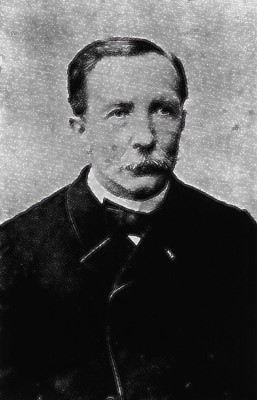 |
Charles Bourseul
April 28, 1829 - November 23, 1912: Bourseul was born in Belgium, but grew up in France. Bourseul worked as a civil engineer and mechanic at a telegraph company and made several improvements to the system. Bourseul had made improvements to the telegraph system of Samuel F. B. Morse. He experimented with the transfer of voice through an electromagnetic microphone, but his receiver was unable to convert the electronic signals back into clear sounds. Bourseul died in France at the age of 83.
|
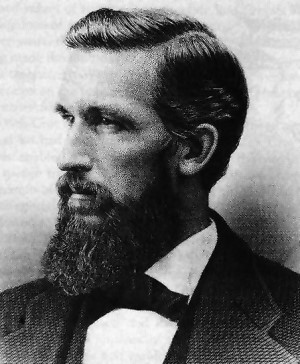 |
Elisha Gray
August 2, 1835 - January 21, 1901: Gray was an American electrical engineer who co-founded the Western Electric Manufacturing Company. Some recent authors have argued that Gray should be considered the true inventor of the telephone because Alexander Graham Bell allegedly stole the idea of the liquid transmitter from him in 1887. Gray invented the telautograph, a device that could remotely transmit handwriting through telegraph systems. Gray was granted several patents for those pioneer fax machines. Gray died from a heart attack in Massachusetts.
|
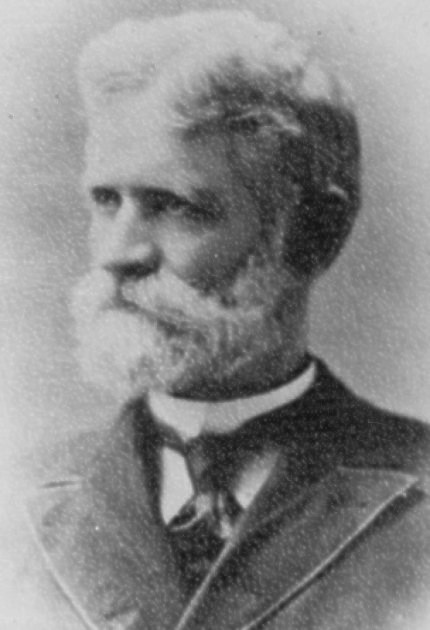 |
Almon Brown Strowger
February 11, 1839 - May 26, 1902: Strowger was a country school teacher before becoming an undertaker. His invention was the Strowger switch, the first automatic telephone exchange constructed and patented in 1891. Strowger invented this electromechanical telephone exchange due to losing business to a competitor whose wife was a telephone operator and would redirect calls for Strowger to her husbands' company.
|
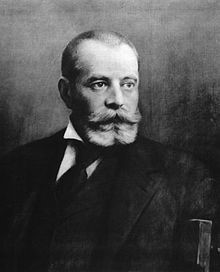 |
Tivadar Puskas
September 17, 1844 - March 6, 1893: Hungarian inventor, telephone pioneer, and inventor of the telephone exchange. Puskas was working on his idea for a telegraph exchange when Bell had invented the telephone. Puskas decided to get in touch with American inventor Thomas Edison. Puskas decided to perfect a telephone exchange, the first experimental exchange was based on his ideas and built by the Bell Telephone Company in Boston in 1877. In 1879 Puskas set up a telephone exchange in Paris, where he looked after Thomas Edison's European affairs. In 1887, he introduced the multiplex switchboard which was a revolutionary step in the development of telephone exchanges.
|
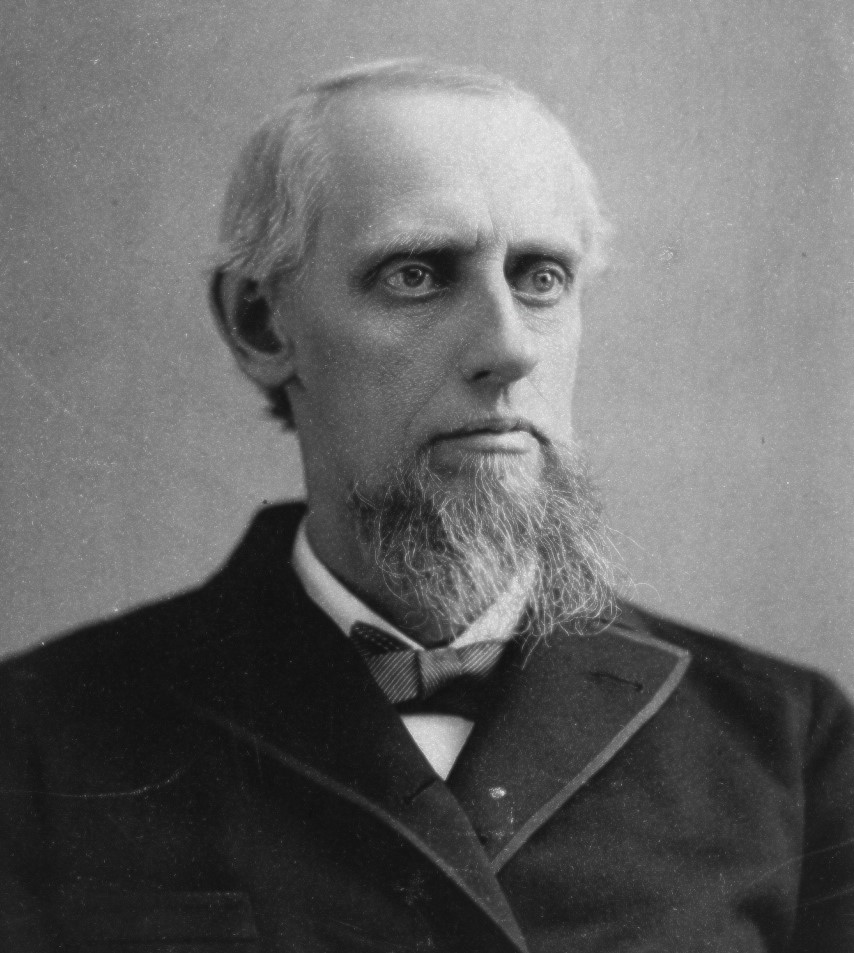 |
Amos Emerson Dolbear
November 10,1837 - February 23,1910: American physicist and inventor, Dolbear researched electrical spark conversion into sound waves and electrical impulses. Dolbear is known for his 1882 invention of a system for transmitting telegraph signals without wires. He invented the first telephone receiver with a permanent magnet in 1865, 11 years before Alexander Graham Bell patented his model. Later, Dolbear couldn't prove his claim, so Bell kept the patent. In 1897, Dolbear published an article "The Cricket as a Thermometer" that noted the correlation between the ambient temperature and the rate at which crickets chirp. The formula expressed in that article became known as Dolbear's Law.
|
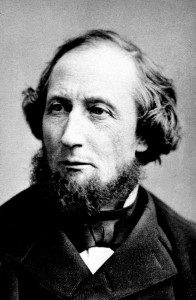 |
Cyrus W. Field
November 30,1819 - July 12, 1892: Cyrus West Field was an American financier noted for the success of the first transatlantic cable. Field became interested in a proposal to lay a transatlanic telegraph cable and was one of the founders of the New York, Newfoundland and London Telegraph Company which was formed to carry out the project. In August of 1857, the first of several unsuccessful attempts to lay a cable were made. Success was finally achieved in July 1866.
|
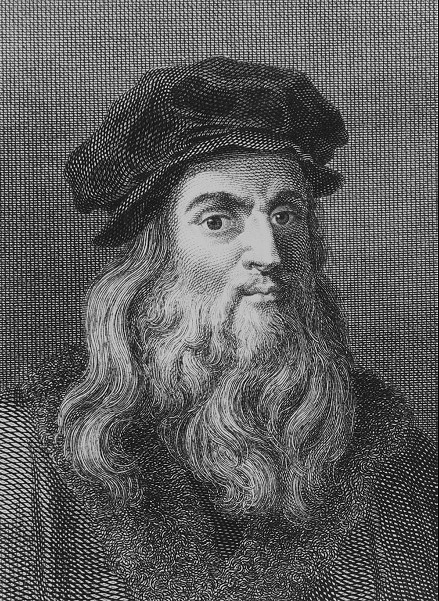 |
Leonardo Da Vinci
April 15,1452 - May 2,1519: Not really a "hands on" contributor to the early telephone, Da Vinci was, in a very early way, part of the multi-talented group of inventors and authors which helped push the creation. Da Vinci was once standing by a well and noticed a stone hit the water at the same moment that a bell went off in a nearby church tower. He noticed the stone caused circles until they spread and disappeared. By simultaneously concentrating on the circles in the water and the sound of the bell, Da Vinci made the connection that led to his discovery that sound travels in waves.
|
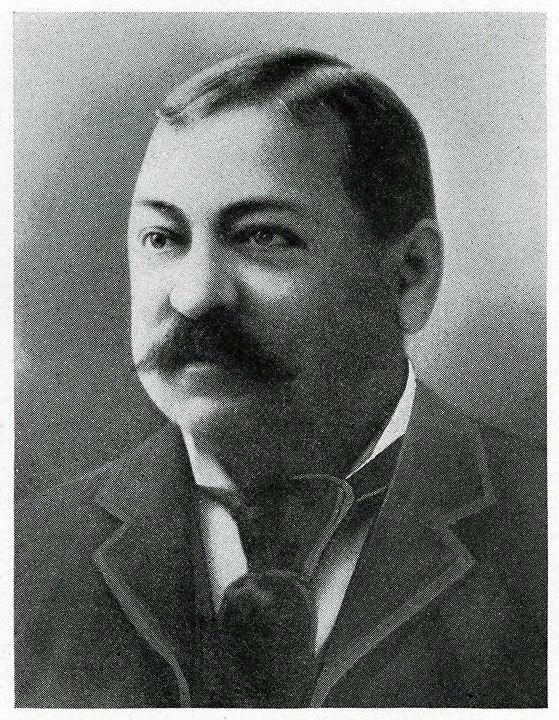 |
William Gray
December 17,1850 - January 24,1903: William Gray, who had previously invented an inflatable chest protector for baseball umpires, came up with a series of experimental models of a device that would accept coins for placing phone calls. Gray submitted a patent application 1888 and in 1889 was issued a patent for his device, a machine that collected the cost of a call with no attendant. In 1891, he formed the Gray Telephone Pay Station Company and, along with another inventor, George Long, made a series of improvements.
Gray eventually received a total of twenty-three patents for modifications and improvements to his payphone.
|
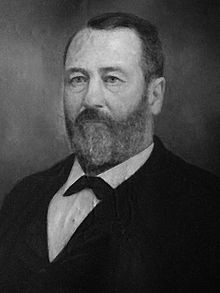 |
John Peirce
August 16, 1836 - March 3, 1897: John Peirce was an American professor of Chemistry, a scientist and inventor. Peirce assisted in the formation of a wooden handle receiver and transmitter using a permanent magnet held inside the wooden handle rather than electro-magnets which had been used before. Early telephone models had a single receiver/transmitter, but was confusing for users, as well as impractical as the device had to be constantly moved between the mouth and ear.
From 1877 to 1902, the "butterstamp" receiver remained the standard receiver, then replaced by a more efficient design. The receivers were called "butterstamp" because they resembled the stamp used to make small pats of butter.
|
|
